Late spring frost damage
denisez10
16 years ago
Related Stories

GARDENING GUIDESGot Frost-Damaged Plants? How It Happens, and When and How to Prune
Crispy brown leaves are a sure sign that Jack Frost has been to your neighborhood
Full Story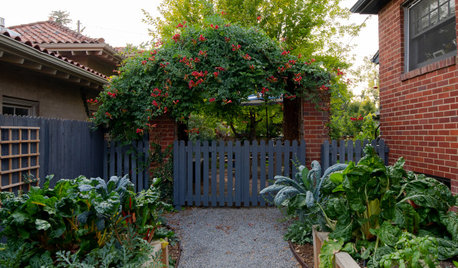
GARDENING GUIDES12 Edibles Perfect to Plant in Late Summer
Keep those homegrown vegetables and greens coming well into fall
Full Story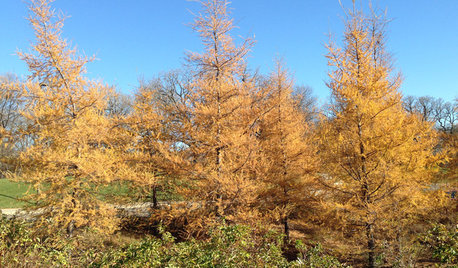
GARDENING GUIDESGreat Design Plant: Larix Laricina Glows Gold in Late Autumn
Plant tamarack for a beautiful late-fall golden display
Full Story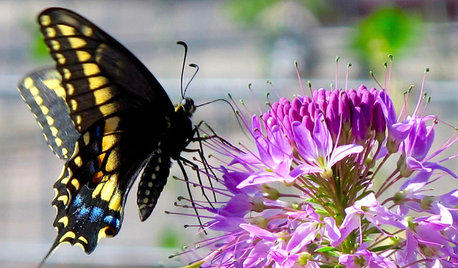
FLOWERS AND PLANTSPlant Rocky Mountain Beeplant for Late-Summer Color and Pollinator Buzz
Add pizazz to your garden with this native annual. Its vivid pink flower spikes are magnets for butterflies, bees and hummingbirds
Full Story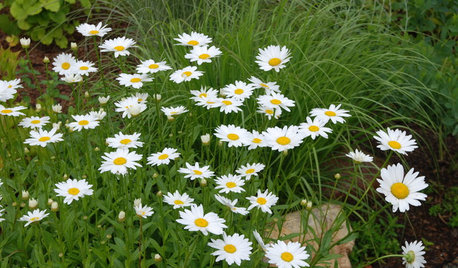
FLOWERSBest Cutting-Garden Beauties for Late Summer
Pick blooms bursting with color or in classic white for bouquets to give away or keep all to yourself
Full Story
BATHROOM DESIGNWater Damage Spawns a Space-Saving Bathroom Remodel
A game of inches saved this small New York City bathroom from becoming too cramped and limited
Full Story
RUGSPrevent Slips and Floor Damage With the Right Rug Pad
Here's what to know about sizes, materials, costs and maintenance of this important companion to your area rugs
Full Story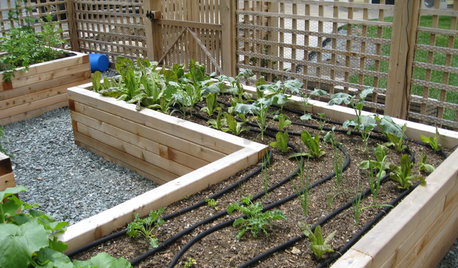
SPRING GARDENINGEnjoy the Peak of Spring Gardening — Here’s What to Do in May
Bid the frost farewell and treasure the blooms. No matter what U.S. region you’re in, one of these guides will help your garden flourish
Full Story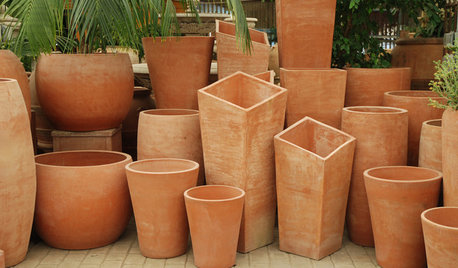
CONTAINER GARDENSBeat the Frost With Natural Terra-Cotta Containers
Here's how to protect your pots during the cold winter months
Full Story
MONTHLY HOME CHECKLISTSYour Spring Home Maintenance Checklist
When winter weather departs, it’s time to check for damage and prepare for warm days ahead
Full StoryMore Discussions






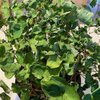
Fledgeling_
Related Professionals
Graham Landscape Architects & Landscape Designers · Salem Landscape Architects & Landscape Designers · McKinney Landscape Contractors · Springfield Landscape Contractors · Allentown Landscape Contractors · Edmond Landscape Contractors · Addison Landscape Contractors · Eagle Landscape Contractors · Fairview Landscape Contractors · Fridley Landscape Contractors · Hawaii Landscape Contractors · Kaysville Landscape Contractors · Mahwah Landscape Contractors · Melrose Park Landscape Contractors · Mesa Landscape Contractors